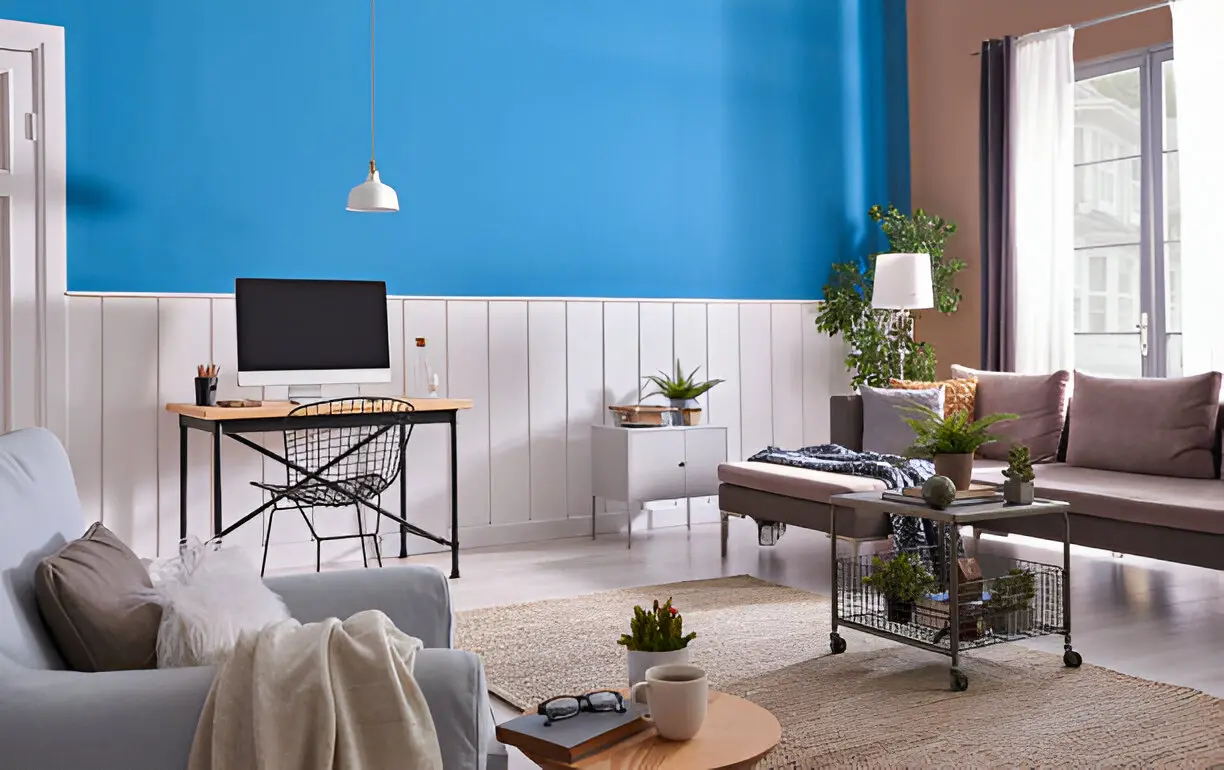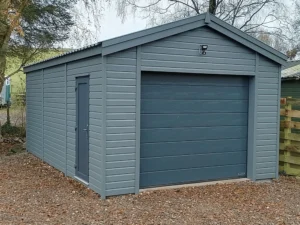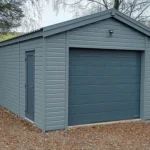Your living room is more than just a place to relax—it’s the heart of your home. From hosting guests to enjoying movie nights or tackling work-from-home tasks, this space serves multiple purposes. To make the most of it, balancing form (how it looks) with function (how it works) is key. A beautiful space that doesn’t meet your daily needs can feel frustrating, while a practical room that lacks style might not feel inviting. Luckily, you don’t have to choose one over the other.
Here’s how to transform your living room into a stylish and functional haven:
1. Define Your Space’s Purpose
Before changing anything, identify how you use your living room. Is it primarily for entertaining, lounging, working, or all three? Once you know its main functions, you can design accordingly. For example:
- For entertainment: Focus on ample seating, a good sound system, and a welcoming layout.
- For relaxation: Soft lighting, cozy textiles, and uncluttered surfaces create a calm vibe.
- For work or study: Include a compact workstation or versatile furniture that supports productivity.
Being clear on how you use the room sets the foundation for smart, functional design choices.
2. Optimize the Layout
A functional living room starts with a thoughtful layout. Rather than pushing furniture against the walls, consider grouping seating to create conversation zones. This makes the room feel cozier and more intentional.
- Anchor the space with a rug to visually group furniture.
- Use furniture to divide the room if it serves multiple purposes. For instance, a sofa can separate a sitting area from a reading nook or desk zone.
- Create clear walkways so people can move around without obstacles.
Flow and movement are crucial for a space to feel comfortable and work well.
3. Choose Multi-Functional Furniture
Furniture that does more than one job is ideal for maximizing function without sacrificing style.
- Storage ottomans can serve as extra seating, a coffee table, or a place to stash blankets.
- Nesting tables provide flexibility for entertaining without crowding the room.
- Sleeper sofas make your living room guest-friendly.
- Built-in shelving or TV units combine aesthetics with utility.
Investing in the right pieces can help you keep the room neat while adapting to your needs.
4. Maximize Storage—Beautifully
A functional space stays tidy. Incorporate storage solutions that look good and make it easy to keep clutter at bay.
- Use stylish baskets to store toys, magazines, or electronics.
- Add floating shelves for décor and books without taking up floor space.
- Opt for closed cabinets to hide less attractive items.
Even decorative elements like trunks, sideboards, or coffee tables with drawers can double as storage powerhouses.
5. Layer Your Lighting
Lighting affects both the mood and function of your living room. A single ceiling light won’t cut it—layering different light sources gives you options.
- Use ambient lighting (like ceiling fixtures) for overall brightness.
- Add task lighting (like floor lamps or reading lights) where needed.
- Include accent lighting (like wall sconces or LED strips) to highlight features and add warmth.
Consider dimmers to control intensity and create a cozy atmosphere in the evenings.
6. Use Color and Texture for Comfort
Function doesn’t mean sacrificing style. Use color and texture to make your space feel welcoming and visually balanced.
- Neutral tones can open up a room and create a sense of calm.
- Pops of color through pillows, rugs, or art can add personality.
- Layer different textures—soft throws, leather furniture, woven baskets—to add depth and comfort.
A visually soothing space supports mental relaxation, which is functional in its own right.
7. Keep Décor Meaningful and Minimal
Avoid overcrowding the room with decorative items. Choose pieces that either serve a purpose or bring you joy.
- Limit the number of accessories on shelves and tables.
- Incorporate meaningful art, family photos, or heirlooms to make the space feel personal.
- Use greenery or flowers to add life without visual clutter.
Minimal décor keeps the room from feeling chaotic and leaves space for you to live in it comfortably.
Final Thoughts
A functional living room can be both inviting and stylish—it doesn’t have to feel cold or ordinary. By incorporating a well-planned layout, versatile furniture, clever storage solutions, and layered lighting, you can design a space that’s as practical as it is beautiful. The key lies in making intentional choices—every element, from furniture placement to color palette, should reflect how you want to live in the space.
If you’re unsure where to start, working with an interior designer in Highland can help bring your vision to life. With expert guidance, you can seamlessly blend form and function to create a living room that’s not just visually appealing, but also a true reflection of your lifestyle—a personal haven that’s stylish, cozy, and completely functional.
Also Read-A Stress-Free Way to Unwind at Home










